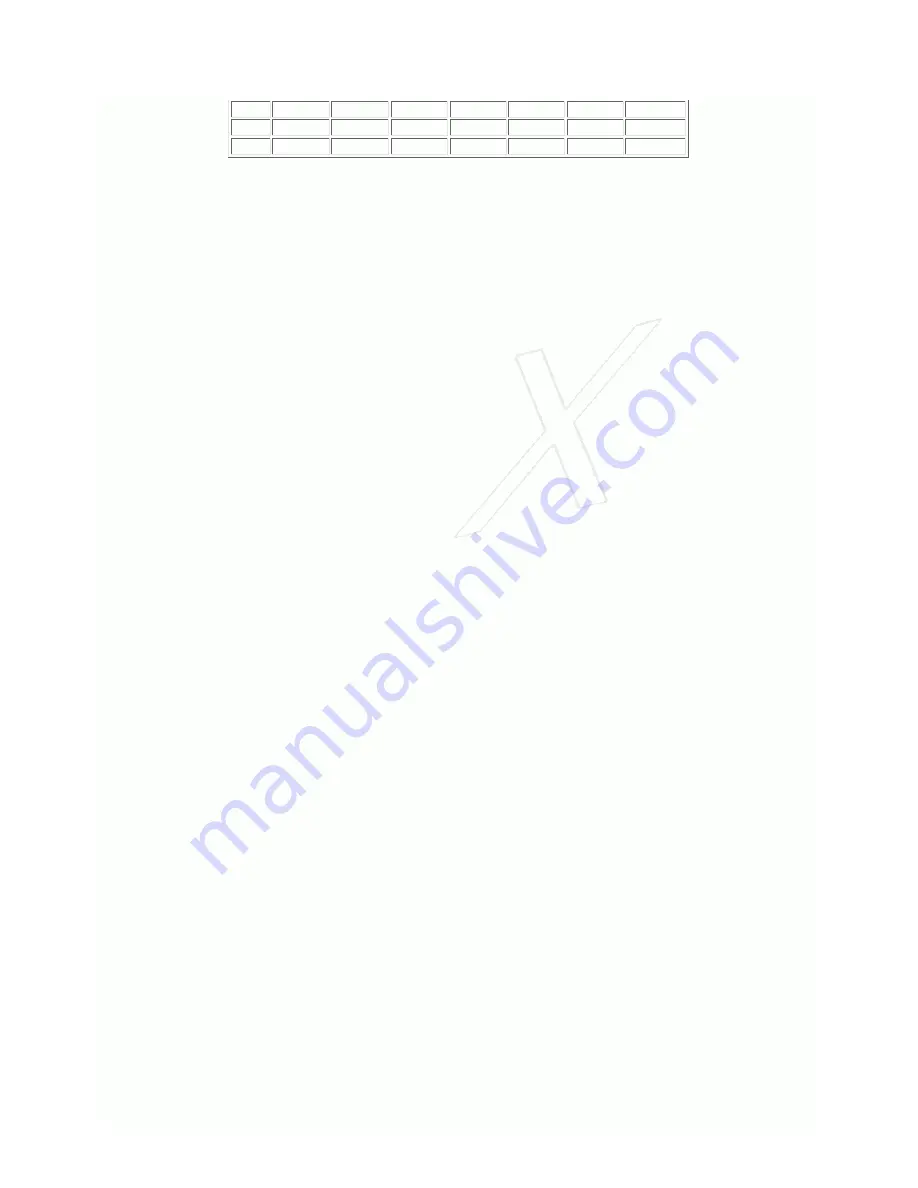
14
--
--
1/500
1/250
1/125
1/60
1/30
15
--
--
--
1/500
1/250
1/125
1/60
16
--
--
--
--
1/500
1/250
1/125
The Built-in Exposure Meter of the Retinette IIB
The Retinette IIB is fitted with a built-in exposure meter which
gives the correct light value (see page 10). To use the meter:
1. Set film speed.
2. Point camera to subject.
3. Turn setting ring to coincide yellow and white pointer.
4. Read off light value.
5. Transfer light value to shutter.
1. Turn the inner disc of the exposure meter knob by the small knob near its circumference until the speed of the
film used points to the arrowhead for the appropriate DIN or ASA value. (For film speed, see pages 31-32).
2. See page 54. Make sure that the honeycomb meter window is not obscured by a finger.
3. The white needle will move in the cut-out window (between body release and exposure meter wheel). Turn the
meter setting ring (the outer milled ring of the exposure meter knob) until the yellow pointer lies exactly over
the top of the white needle.
4. Now read off the light value number opposite the red triangle on the inner disc of the exposure meter knob. If
the triangle points to a position between two numbers, set the intermediate light value. For example. if the
triangle points between 8 and 9, use 8.5 for greatest accuracy.
5. Transfer the light value found with the meter to the shutter as described on page 10.
Exposure Meters in Practice
To get the best results an exposure meter has to be used intelligently. This may look like a contradiction, since we
have already said that it is an accurate light measuring instrument. But light from all parts of the subject-highlights,
shadows and middle tones -- falls on the meter; so the reading it gives us is an average one for the whole subject
area.
Meters are scaled to suit typically average subjects -- i.e., subjects with average areas of light, dark and middle
tones. So if you point the meter at a subject of this kind, the exposure reading will be correct.
But if the subject is not average -- if there are large highlight areas and little shadow, or large shadow areas with
few highlights -- then you have to modify the exposure reading to obtain the best results.
So there is more to using a meter than just pointing it at the subject and accepting without question the reading
indicated.
REFLECTED LIGHT MEASUREMENT. The usual method of using a meter is to point it directly at the subject. The light
reaching the photo-electric cell is therefore that reflected by the subject, so this method is called "reflected light
measurement".
This gives the correct exposure reading provided the subject has an average mixture of highlights, shadows and
middle tones. But if there is a large bright area, or a large dark area, the best method is to go near to the main
subject and take a close-up reading. For example, if the subject is a figure against a white or dark background. by
going closer you will reduce the amount of background affecting the meter and therefore get a reading in terms of a
more average subject, which is what you want.
For some subjects you can take a reading from really close up, aiming the meter at the part of the subject that you
want to make sure has optimum exposure. For instance, many photographers take a close-up reading of the sitter's
face in portraiture; out-of-doors you can take the reading from the back of your hand instead of going up to the
subject.
If you cannot go close up to a subject that needs a close-up reading, then try to find something near at hand that is
similar in tone to the subject, and take a reading from this.
When taking readings of general scenes, including a good deal of sky, you have to tilt the meter down slightly to
reduce the area of sky "seen" by the meter. The sky is a bright highlight, and by tipping the meter down to exclude
some of it, the subject becomes "average" in tone range.
Open views, such as distant landscapes, usually have very light shadows, so you can give a shorter exposure than
the meter indicates. It is usual to give half the exposure -- i.e., use double the shutter speed, or use one stop
smaller.
INCIDENT LIGHT MEASUREMENT. Another method of assessing exposure is to measure the strength of the light
falling on the subject instead of that reflected by it. But if you point the meter straight at the light you get a much
higher reading than if you point it at the subject. So the light has to be cut down for the meter to indicate the




















